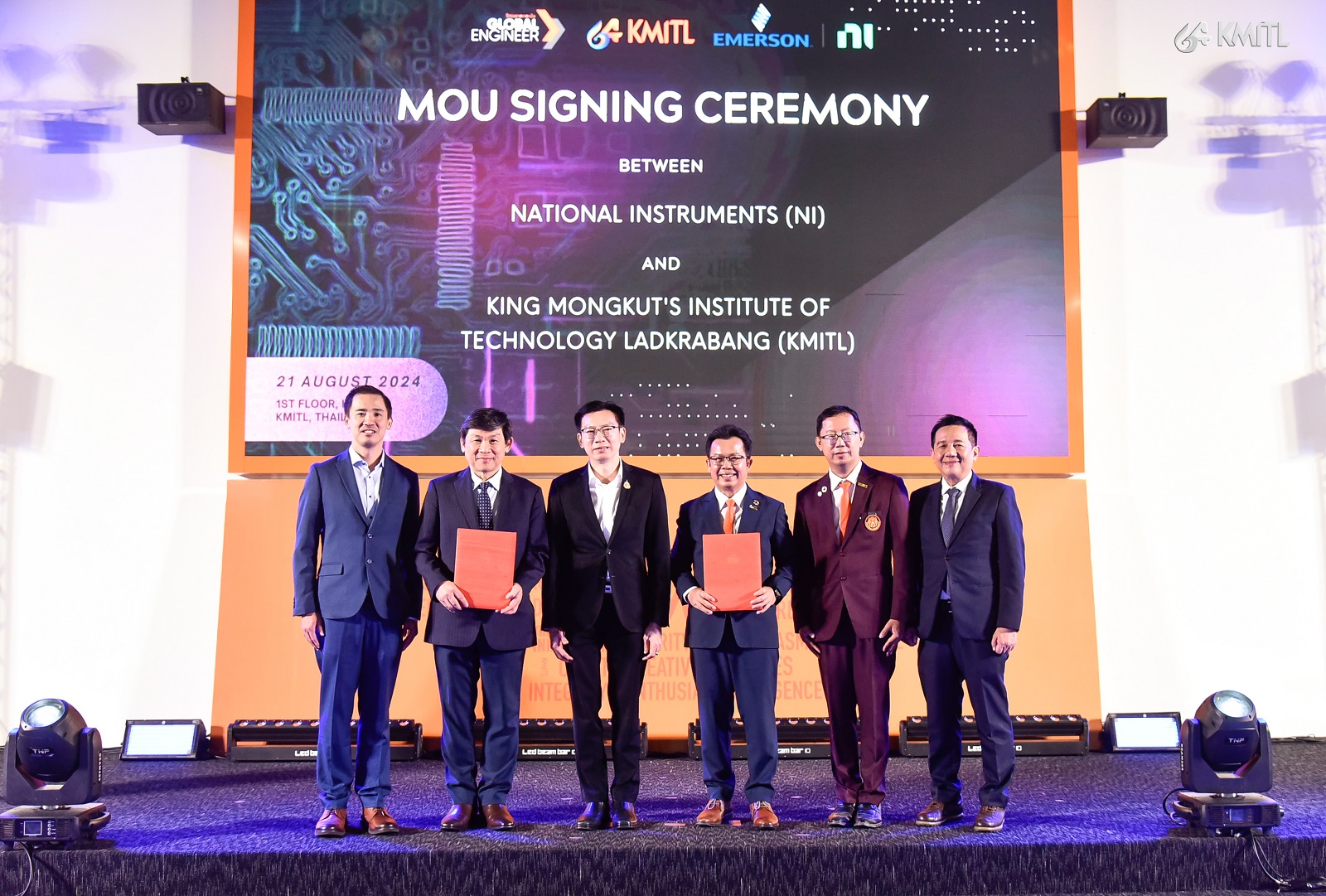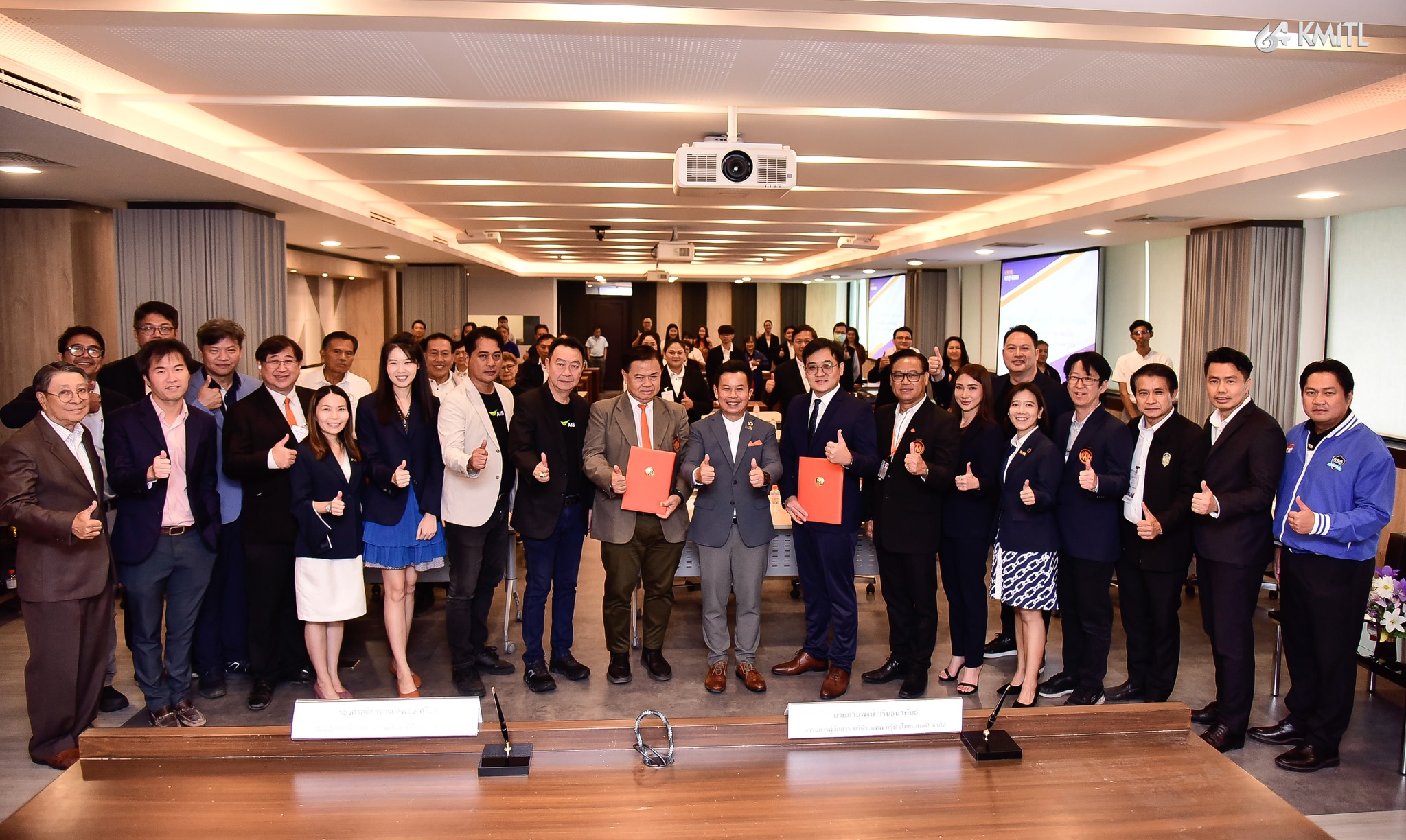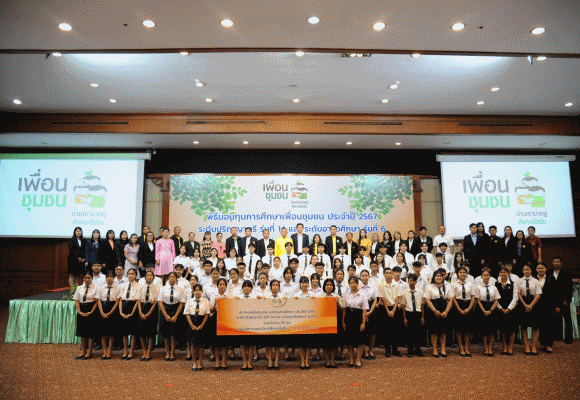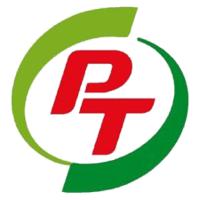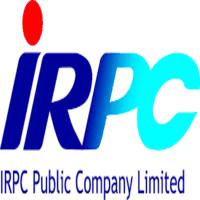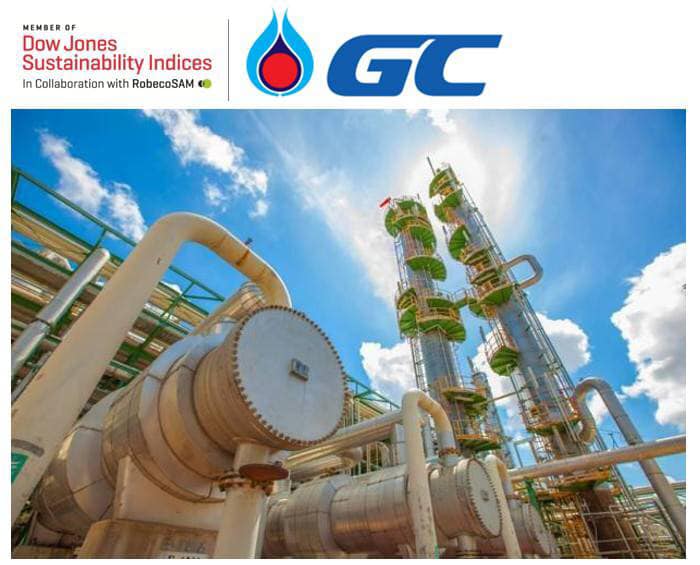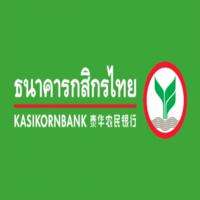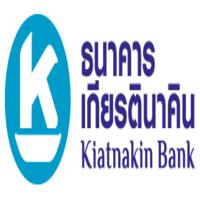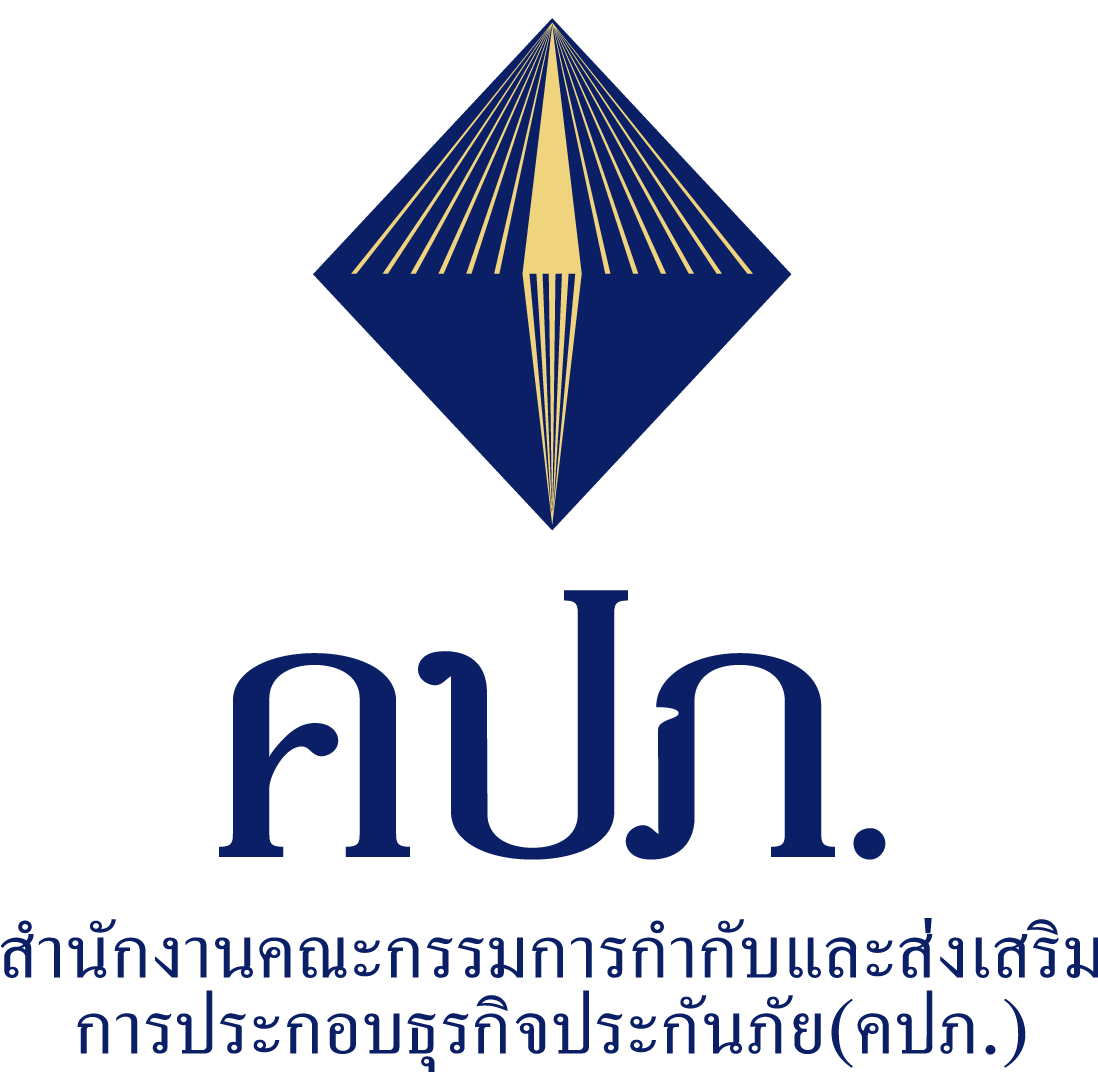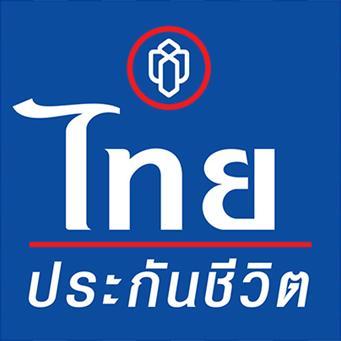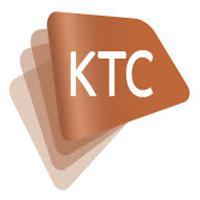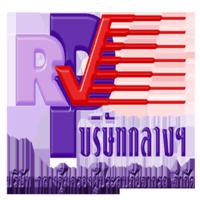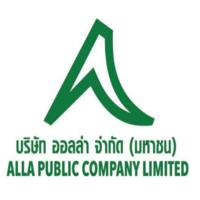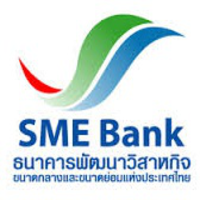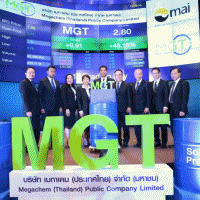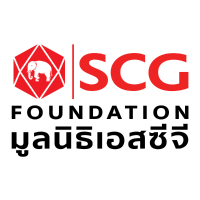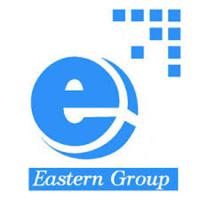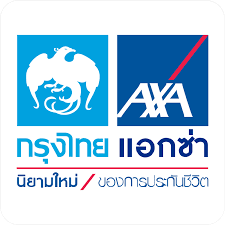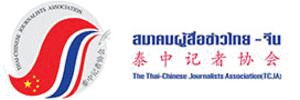- Details
- Category: ไอที-เทคโนฯ
- Published: Sunday, 16 December 2018 16:28
- Hits: 2096

เวอร์ทิฟ ระบุ 5 ท็อป เทรนด์ดาต้า เซ็นเตอร์ ปี 62: เอดจ์ ตัวหลักขับเคลื่อนการเปลี่ยนแปลง
ผู้เชี่ยวชาญของเวอร์ทิฟ คาดการณ์ เครือข่ายรอบข้างที่มีขนาด self-sufficient และ self-healing จะเข้าให้บริการรองรับไอโอที (IoT) และ 5G
เวอร์ทิฟ (Vertiv) ระบุว่าขอบของเครือข่าย (Network Edge) จะยังคงเป็นศูนย์กลางด้านนวัตกรรมของศูนย์ข้อมูล ในปี 2562 โดยมุ่งไปที่การออกแบบให้อัจฉริยะมากขึ้น ลดความซับซ้อนของการดำเนินงาน สามารถบริหารจัดการและให้บริการได้จากระยะไกล ซึ่งช่วยลดช่องว่างทางทักษะที่แตกต่างกันได้
ผู้เชี่ยวชาญของเวอร์ทิฟจากทั่วโลก ต่างเห็นพ้องกันว่า ความซับซ้อนที่เพิ่มขึ้นของขอบเครือข่าย ถือเป็นหนึ่งในห้าของเทรนด์ดาต้า เซ็นเตอร์ ที่ต้องจับตามองในปี 2562
ร็อบ จอห์นสัน, ซีอีโอ เวอร์ทิฟ (Rob Johnson, Vertiv CEO) กล่าวว่า "ปัจจุบัน ส่วนขอบของเครือข่ายมีบทบาทสำคัญต่อศูนย์ข้อมูล และการดำเนินงานของเครือข่ายเพื่อส่งมอบการบริการที่มีความสำคัญต่อผู้บริโภค นับเป็นการเปลี่ยนแปลงขั้นพื้นฐานที่น่าทึ่งไปสู่รูปแบบที่เราคิดไว้เกี่ยวกับการประมวลผลและการจัดการข้อมูล แน่นอนว่ากระบวนการปฏิงานในศูนย์ข้อมูลในปี 2562 จะมุ่งไปที่การพัฒนานวัตกรรมของส่วนขอบของเครือข่ายอย่างแท้จริง"
1. ส่วนขอบของเครือข่ายที่เรียบง่าย: ส่วนขอบของเครือข่ายที่มีความชาญฉลาดขึ้น เรียบง่ายขึ้น และผสมผสานเข้ากับแนวโน้มของอุตสาหกรรมและผู้บริโภคในวงกว้าง รวมทั้งอินเทอร์เน็ตออฟธิงส์ (IoT) และเครือข่าย 5G เพื่อขับเคลื่อนระบบคอมพิวเตอร์ที่อยู่ใกล้กับผู้ใช้ให้มีประสิทธิภาพและการใช้งานมากยิ่งขึ้น
สำหรับ บริษัทส่วนใหญ่ ส่วนขอบของเครือข่าย คือส่วนที่สำคัญที่สุดของระบบนิเวศดิจิทัล ระบบโครงสร้างพื้นฐานอัจฉริยะที่มีศักยภาพด้านการเรียนรู้ด้วยตัวมันเองสามารถทำงานควบคู่กับการวิเคราะห์บนระบบคลาวด์ได้จะเป็นพื้นฐานในการเปลี่ยนแปลงวิธีคิดของเราเกี่ยวกับการใช้คอมพิวเตอร์และบริการในส่วนขอบของเครือข่าย
ผลที่ได้คือ ส่วนขอบของเครือข่ายที่มีประสิทธิภาพและแข็งแกร่งมากขึ้น มีระบบดูแลและปรับเปลี่ยนตัวเองที่มากขึ้น โดยอาศัยการจัดการระบบที่น้อยมาก
มร.อนันท์ ชังกี ประธาน เวอร์ทิฟ ภูมิภาคเอเชียและอินเดีย (Anand Sanghi, President, Asia and India, Vertiv) เปิดเผยว่า ในภูมิภาคเอเชีย ศูนย์ข้อมูลขอบของเครือข่ายได้เกิดขึ้นจริงและองค์กรมากมายได้เห็นคุณค่าของระบบนิเวศของโครงข่ายที่แข็งแรงเป็นเลิศ ทั้งที่ศูนย์กลางและขอบของโครงข่ายเพื่อให้ศูนย์ข้อมูลขององค์กรสามารถตอบสนองความต้องการขององค์กรได้ในทุกระดับ
ทั้งนี้ เนื่องจากขอบของโครงข่าย (ที่อยู่ใกล้กับลูกค้า) ได้กลายเป็นปัจจัยที่วิกฤติและเป็นปัจจัยเชิงกลยุทธ์ต่อองค์กรต่างๆ ดังนั้น ไม่ใช่เพียงจะมีขอบของโครงข่ายแต่อย่างเดียว แต่จะต้องทำให้ขอบของโครงข่ายปลอดภัย ไม่มีความเสี่ยง และใช้ประโยชน์ได้สูงสุด โดยลงทุนในโครงสร้างและอุปทานที่ถูกต้องเพื่อสร้างประสบการณ์ที่ดีที่สุดให้กับลูกค้า
2. การปฏิวัติแรงงาน: แรงงานที่มีอายุงานมากขึ้นจนใกล้เกษียณและขาดการฝึกอบรมด้านศูนย์ข้อมูลและวิวัฒนาการของส่วนขอบของเครือข่ายกำลังก่อให้เกิดความท้าทายด้านบุคลากรสำหรับศูนย์ข้อมูลทั่วโลก ซึ่งจะทำให้เกิดการทำงานแบบขนานในปี 2562 โดยเบื้องต้นองค์กรจะเริ่มเปลี่ยนวิธีการจ้างพนักงานศูนย์ข้อมูล จากโปรแกรมการฝึกอบรมแบบดั้งเดิม ไปสู่คำแนะนำการใช้งานเฉพาะทางที่มีความคล่องตัวขึ้น ใช้การเรียนการสอนซึ่งมุ่งไปที่ส่วนขอบของเครือข่ายและมีการฝึกอบรมเพิ่มเติมในบริษัท ประการที่สอง ธุรกิจจะหันไปใช้ระบบอัจฉริยะและการเรียนรู้ของเครื่องจักร (machine learning) เพื่อให้ทำงานได้ง่ายขึ้น สงวนองค์ความรู้ขององค์กร และช่วยให้การบริการและการบำรุงรักษาเชิงคาดการณ์มีประสิทธิภาพมากขึ้น
3. ระบบบน UPS ที่ฉลาดและมีประสิทธิภาพมากยิ่งขึ้น: แบตเตอรี่ทางเลือกใหม่ๆ สามารถนำมาใช้ร่วมกับ UPS และเชื่อมต่อกับแหล่งไฟหลัก ในไม่ช้าเราจะเห็นการจัดการโหลด (Load) และการใช้พลังงานได้อย่างเหมาะสม แม้ในช่วงโหลดสูงสุด ในที่สุดระบบพลังงานสำรองใน UPS เอง จะช่วยให้การไฟฟ้าสามารถใช้ไฟฟ้าจากแหล่งพลังไฟฟ้าได้ดีขึ้น ขณะที่ระบบพลังงานสำรองที่ไม่ได้ถูกใช้จะถูกนำมาใช้เป็นแหล่งสร้างรายได้ให้แก่องค์กร ส่วนระบบ UPS ที่ฉลาดขึ้นจะกลับกลายมาเป็น Application หลัก
4. การมุ่งเข้าสู่มาตรฐาน: การหาความเป็นมาตรฐานของศูนย์ข้อมูลยังเป็นเรื่องยาก แม้ขณะนี้ศูนย์ข้อมูลจะเข้าสู่รูปแบบการสร้างแบบ Modular และถูกสร้างที่โรงงานก่อนนำไปติดตั้งจริงในศูนย์ข้อมูล อย่างไรก็ตาม มีสองสิ่งที่สำคัญที่สุดที่ต้องพิจารณา สิ่งแรกคือ มาตรฐานของแต่ละอุปกรณ์สำหรับศูนย์ข้อมูล สองคือ มาตรฐานในการสร้างศูนย์ข้อมูลที่หลากหลาย ซึ่งประการหลังนี้ชี้ให้เห็นถึงความจำเป็นที่ต้องมีความชัดเจนด้านสถาปัตยกรรมและชนิดของอุปกรณ์ที่ต้องใช้สำหรับแต่ละพื้นที่ที่มีความแตกต่างกัน เพื่อให้ระบบทำงานได้อย่างง่ายและประหยัดต้นทุน ทั้งสองกรณีดังกล่าว มีเป้าหมายเพื่อลดต้นทุนของอุปกรณ์ เพื่อให้สร้างศูนย์ข้อมูลได้สำเร็จอย่างรวดเร็ว และง่ายต่อการให้บริการและการบำรุงรักษา
5. ตัวประมวลผลที่ใช้พลังงานสูงและระบบให้ความเย็นที่ก้าวหน้า: ตัวประมวลผลจะทำงานมากขึ้นและเร็วขึ้นสำหรับ Advance Application เช่น การจดจำใบหน้า การวิเคราะห์ข้อมูลขั้นสูง ตัวประมวลผลดังกล่าวต้องการการจัดการอุณหภูมิที่เป็นนวัตกรรมใหม่ๆ เช่น การชุบ chips ประมวลผลด้วยของเหลวเพื่อให้ระบายความร้อนได้ดี วิธีนี้ใช้อย่างแพร่หลาย สำหรับ อุปกรณ์ High-performance computing ผลประโยชน์ที่ได้ คือ ทำให้เซิร์ฟเวอร์ทำงานได้ดีขึ้น มีประสิทธิภาพสูงขึ้นในสิ่งแวดล้อมที่เป็น High Computing และช่วยลดต้นทุนจากการลดพลังงานของระบบให้ความเย็น นวัตกรรมอีกประเภทหนึ่งในการจัดการอุตสาหกรรมในศูนย์ข้อมูลคือการใช้ความเย็นจากธรรมชาติเข้าไปจัดการอุณหภูมิในศูนย์ข้อมูลซึ่งกำลังเป็นที่นิยมเพิ่มขึ้น
สำหรับ ข้อมูลเพิ่มเติมเกี่ยวกับเทรนด์หรือโซลูชั่นศูนย์ข้อมูลจากเวอร์ทิฟ โปรดเยี่ยมชม VertivCo.com
เกี่ยวกับเวอร์ทิฟ
เวอร์ทิฟ รวบรวมฮาร์ดแวร์ ซอฟต์แวร์ การวิเคราะห์ และบริการที่ต่อเนื่องเข้าด้วยกันเพื่อให้แน่ใจว่าแอพพลิเคชั่นที่สำคัญของลูกค้าจะทำงานได้อย่างต่อเนื่อง เหมาะสมและเติบโตไปพร้อมกับความต้องการทางธุรกิจของพวกเขา ปัจจุบัน เวอร์ทิฟ ช่วยแก้ปัญหาความท้าทายที่สำคัญที่สุดของศูนย์ข้อมูล เครือข่ายการสื่อสาร และสิ่งอำนวยความสะดวกทางการค้าและอุตสาหกรรม โดยใช้โซลูชั่นด้านการจัดการพลังงาน ความร้อน โครงสร้างพื้นฐานด้านไอที และบริการที่ขยายจากระบบคลาวด์ไปยังเครือข่ายรอบข้าง สำนักงานใหญ่ของเวอร์ทิฟตั้งอยู่ที่เมืองโคลัมบัส รัฐโอไฮโอ ประเทศสหรัฐอเมริกา มีพนักงานประมาณ 20,000 คน และทำธุรกิจในกว่า 130 ประเทศ
Vertiv Identifies Top Five 2019 Data Center Trends: Edge Will Drive Change
Vertiv experts anticipate self-sufficient, self-healing edge in service of IoT, 5G
December 14, 2018 – The edge of the network continues to be the epicenter of innovation in the data center space as the calendar turns to 2019, with activity focusing on increased intelligence designed to simplify operations, enable remote management and service, and bridge a widening skills gap. This increasing sophistication of the edge is among the data center trends to watch in 2019 as identified by Vertiv experts from around the globe.
“Today’s edge plays a critical role in data center and network operation and in the delivery of important consumer services,” said Vertiv CEO Rob Johnson. “This is a dramatic and fundamental change to the way we think about computing and data management. It should come as no surprise that activity in the data center space in 2019 will be focused squarely on innovation at the edge.”
1. Simplifying the Edge: A smarter, simpler, more self-sufficient edge of the network is converging with broader industry and consumer trends, including the Internet of Things (IoT) and the looming rollout of 5G networks, to drive powerful, low-latency computing closer to the end-user.
For many businesses, the edge has become the most mission critical part of their digital ecosystem. Intelligent infrastructure systems with machine learning capabilities working in tandem with cloud-based analytics are fundamentally changing the way we think about edge computing and edge services. The result will be a more robust, efficient edge of the network with enhanced visibility and self-healing capabilities requiring limited active management.
“In Asia, the edge is no longer just a buzzword but a reality and many organizations are realizing the value of having a strong core to edge ecosystem to support high compute and low latency demands,” said Anand Sanghi, president, Asia and India, Vertiv. “As the edge becomes a critical and strategic part for many organizations, it’s no longer about simply having availability, but protecting and optimizing the edge with the right infrastructure to deliver the best customer experience.”
2. Workforce Revolution: A workforce aging into retirement and training programs lagging behind the data center and edge evolution are creating staffing challenges for data centers around the globe. This will trigger parallel actions in 2019. First, organizations will begin to change the way they hire data center personnel, moving away from traditional training programs toward more agile, job-specific instruction with an eye toward the edge. More training will happen in-house. And second, businesses will turn to intelligent systems and machine learning to simplify operations, preserve institutional knowledge, and enable more predictive and efficient service and maintenance.
3. Smarter, More Efficient UPS Systems: New battery alternatives will present opportunities for the broad adoption of UPS systems capable of more elegant interactions with the grid. In the short term, this will manifest in load management and peak shaving features. Eventually, we will see organizations using some of the stored energy in their UPS systems to help the utility operate the electric grid. The static storage of all of that energy has long been seen as a revenue-generator waiting to happen. We are moving closer to mainstream applications.
4. Pursuing Normalization: The data center, even in the age of modular and prefabricated design, remains far too complex to expect full-fledged standardization of equipment. However, there is interest on two fronts: standardization of equipment components and normalization across data center builds. The latter is manifesting in the use of consistent architectures and equipment types, with regional differences, to keep systems simple and costs down. In both cases, the goal is to reduce equipment costs, shorten delivery and deployment timelines, and simplify service and maintenance.
5. High-Power Processors and Advanced Cooling: As processor utilization rates increase to run advanced applications such as facial recognition or advanced data analytics, high-power processors create a need for innovative approaches to thermal management. Direct liquid cooling at the chip – meaning the processor or other components are partially or fully immersed in a liquid for heat dissipation – is becoming a viable solution. Although most commonly used in high-performance computing configurations, the benefits – including better server performance, improved efficacy in high densities, and reduced cooling costs – justify additional consideration. Another area of innovation in thermal management is extreme water-free cooling, which is an increasingly popular alternative to traditional chilled water.
For more information on these trends or any data center solutions from Vertiv, visit VertivCo.com.
About Vertiv
Vertiv brings together hardware, software, analytics and ongoing services to ensure its customers’ vital applications run continuously, perform optimally and grow with their business needs. Vertiv solves the most important challenges facing today’s data centers, communication networks and commercial and industrial facilities with a portfolio of power, cooling and IT infrastructure solutions and services that extends from the cloud to the edge of the network. Headquartered in Columbus, Ohio, USA, Vertiv employs around 20,000 people and does business in more than 130 countries. For more information, and for the latest news and content from Vertiv, visit VertivCo.com.
Click Donate Support Web













